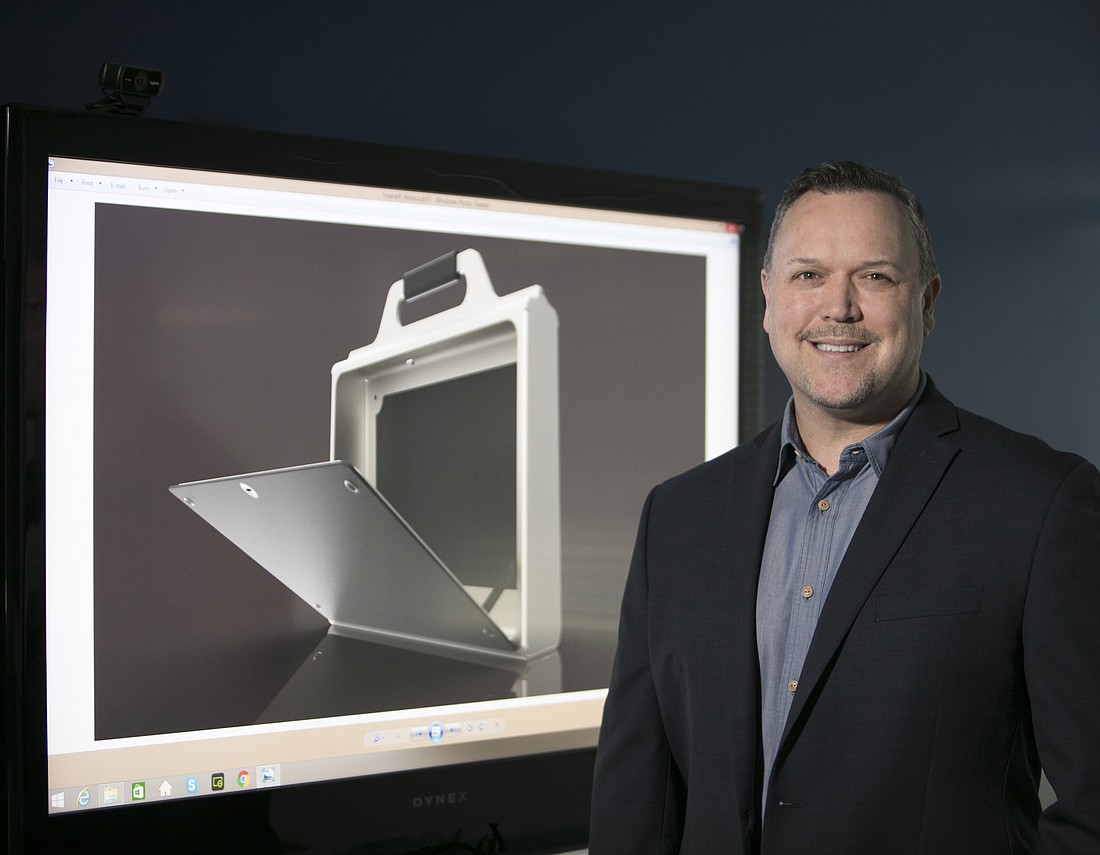- December 13, 2025
-
-
Loading

Loading

Within the past two years, both the New York Post and Los Angeles Times have reported on the comeback of — wait for it — the fanny pack. With esteemed publications on both coasts covering the phenomenon, surely it can’t be fake news.
So if the fanny pack is back, can the briefcase be far behind?